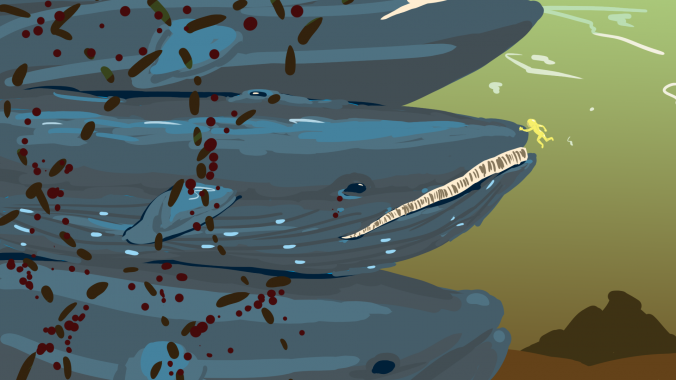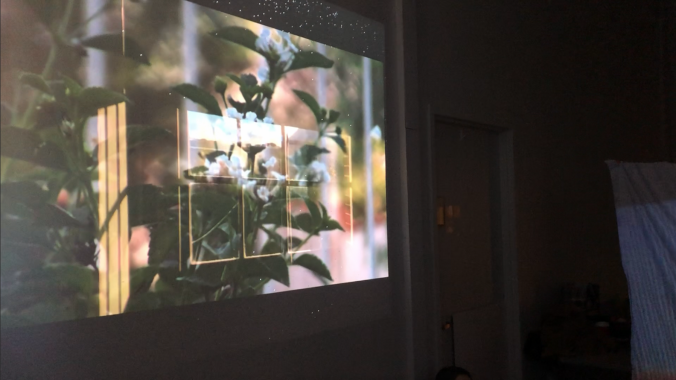Some people are just different, and there’s nothing wrong with that, but sometimes it’s hard to be different in our society. People bottle up their emotions, their weirdness, what makes them unique. They hold it inside waiting for the night that they can let it all out. The night where people just like them gather in an undisclosed location and go crazy for a couple of hours. The music is loud, people are dancing, and the DJ is killing it. To them it’s not just a concert, it’s not just somewhere you can go and dance. No, it’s more than that. It’s a community. It’s a form of self expression. It’s an experience unlike any other. It is a rave.
Since the early 90’s, in cities around the globe, ravers have gathered in abandoned warehouses and underground clubs. The music may have changed over the years, but the community didn’t. As electronic music became easier to produce and consume, the scene just kept growing. The beats became harder, the genres expanded, and the attendance at once underground events skyrocketed.
With the increase in popularity, the word “rave” started to lose meaning. It went from being a community to just being a concert for a growing trend known as EDM. Electronic Dance Music is a decent overarching description for the type of music played at raves, but the music being attached to this tag is far from something a real raver would consider to be dance music. With artists like Marshmello hitting top 40 with EDM tracks, is rave music losing its individuality? Is it losing its meaning? Are songs now just manufactured to “go hard” and make people dance, or are there still strong emotions coming through in modern music? Is rave music inherently obscure, or is popularity only bringing more success to the rave scene? Will rave music end up other once popular genres like rock and roll, blues, and hip hop? Will I be listening to EDM on the radio when I’m 50?
I’m going to find out the answers to questions like these and more. I’m going to be sampling groups of ravers who listen to different types of rave music and even interview some big name DJs to see what their take on the situation is. I mainly am focusing on the New York City rave scene since there will be many differences in different cities. After drawing some conclusions from my data, I’m going to be designing and prototyping a game that will address the concerns of the community. I want to experiment with games that can be played at raves and games that can function as online spaces to hold raves.
I had previously done research in emotion in electronic music coming from a production standpoint. I produced a series of experimental pieces, learned how to sing, and practiced professional level mixing and mastering to try to make my own production have more emotion. I hope I can show off all the practice I’ve being doing as well as the research I’m doing now to create a meaningful experience for ravers in the NYC community.
Jon Castro is an undergraduate GSAS and CS dual major. His research questions how different people interact with music and how modern pop music differs from years prior.
Check out Jon’s Twitter here & his SoundCloud below!



